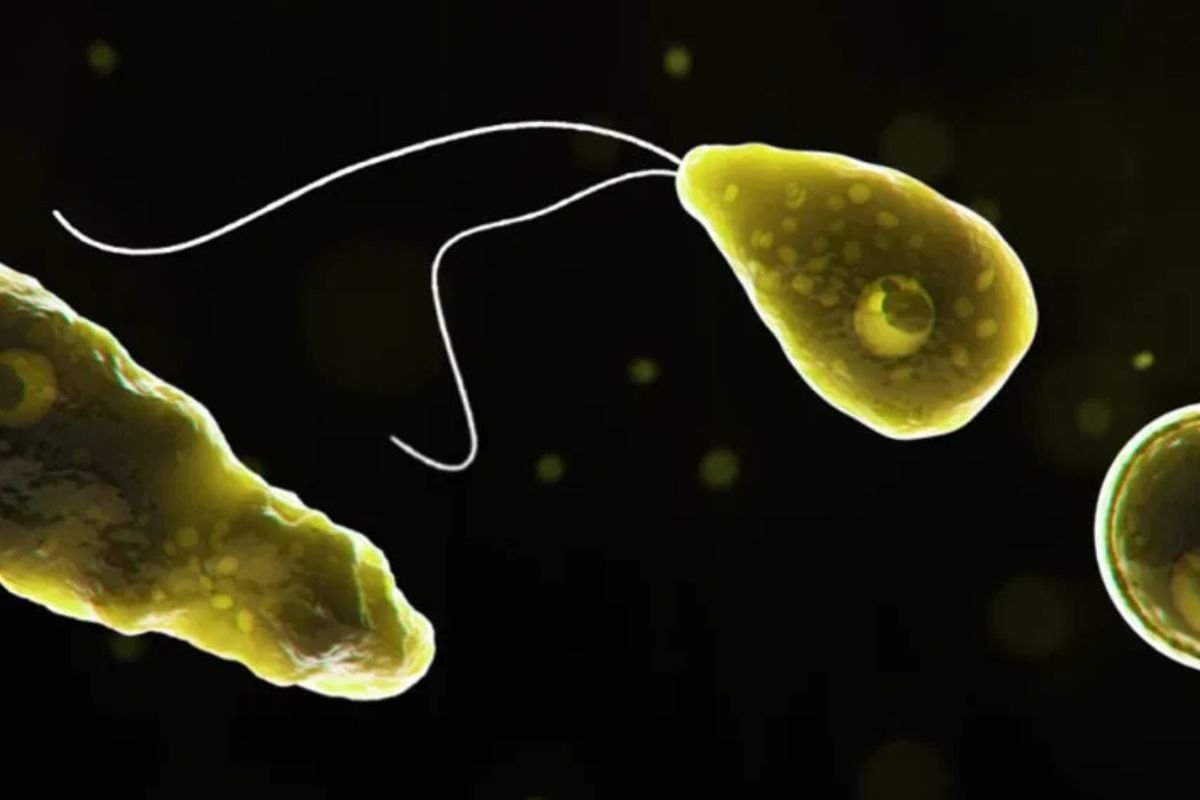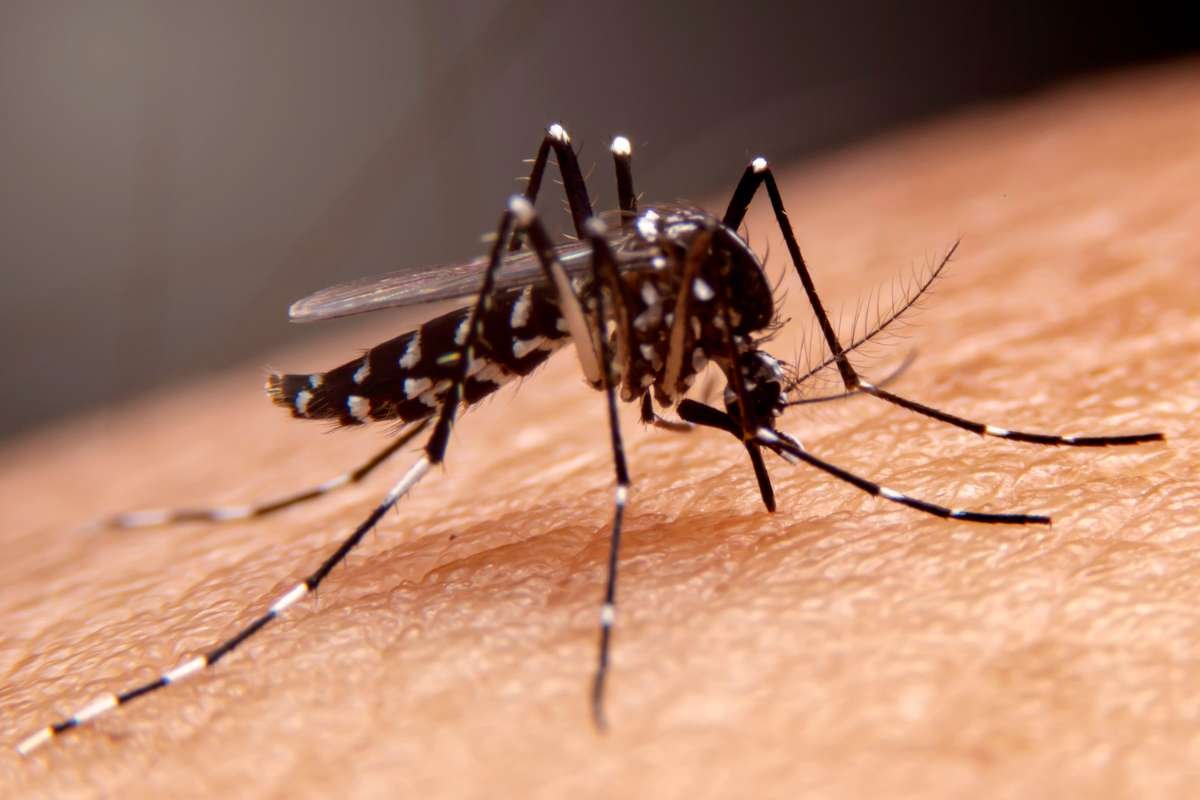Health officials in Missouri have confirmed a rare and potentially deadly infection caused by the brain-eating amoeba Naegleria fowleri in an adult patient. The individual, whose name has not been released, is currently in intensive care after developing primary amebic meningoencephalitis (PAM), an aggressive brain infection.
Investigators believe the person was exposed to the amoeba while water skiing at Lake of the Ozarks, a popular summer recreation destination, earlier this month. The patient began experiencing symptoms within days of the lake visit, prompting urgent medical evaluation. This marks only the third confirmed case of the brain-eating amoeba infection in Missouri since health records began, with previous cases reported in 1987 and 2022.
Understanding the Rare Infection
The brain-eating amoeba, Naegleria fowleri thrives in warm freshwater environments such as lakes, rivers, ponds, and hot springs, especially during summer. The infection occurs when contaminated water enters the nasal passages, allowing the amoeba to travel to the brain. Once there, it triggers severe inflammation and tissue destruction, leading to symptoms that escalate rapidly and are almost always fatal.
While its nickname, “brain-eating amoeba,” sparks alarm, experts stress that the infection is extremely rare. In the United States, only 167 cases have been recorded over more than six decades, with fewer than ten occurring each year. Most exposures happen during high-heat months when water temperatures rise, creating conditions favorable for the amoeba’s growth. The infection cannot be contracted by swallowing water and is not spread from person to person.
Public Health Warnings and Safety Measures
In response to the latest case, public health officials are urging swimmers, boaters, and water sports enthusiasts to take extra precautions in warm freshwater. Recommended safety measures include keeping the head above water, using nose clips or holding the nose shut when submerging, avoiding diving or jumping into untreated freshwater, and steering clear of stirring up sediment in shallow areas.
Symptoms of PAM can begin within one to 12 days after exposure and may include severe headache, fever, nausea, vomiting, stiff neck, confusion, seizures, and hallucinations. Because the disease progresses quickly, health agencies emphasize seeking immediate medical attention if symptoms develop following freshwater activities.
While there is no guaranteed way to eliminate the risk, health experts stress that awareness and preventive steps can help reduce the already small chance of infection from the brain-eating amoeba. They also remind the public that millions of people safely enjoy lakes and rivers each year without incident.







